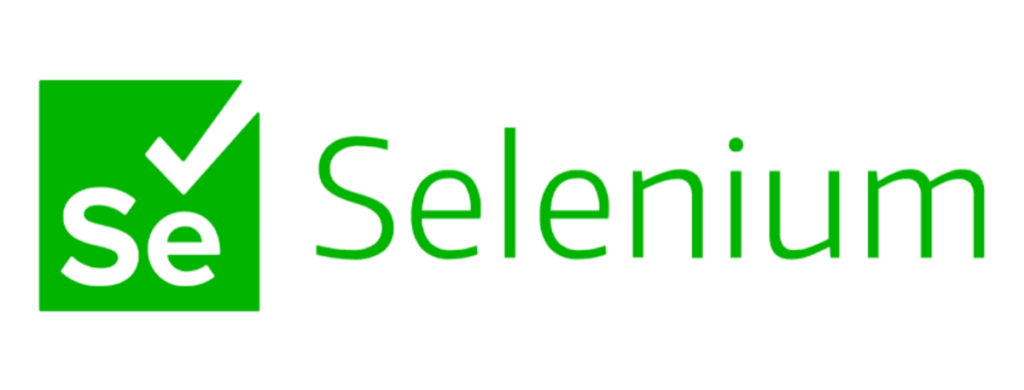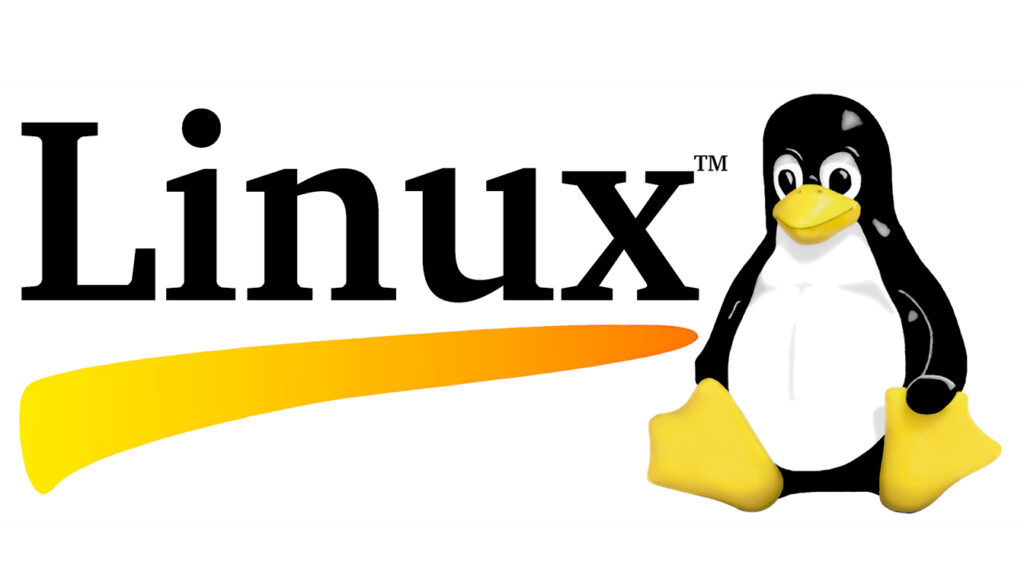
Course Details
- Category
- Oracle Training
- Mode of Training
- Online/Offline
- Duration
- 3 months
- Fees
- ₹ 25K
Course Features
Instructor led Sessions
The most traditional way to learn with increased visibility, monitoring, and control over learners with ease to learn at any time from internet-connected devices.
Real-life Case Studies
Case studies based on top industry frameworks help you to relate your learning with real-time based industry solutions.
Assignment
Adding the scope of improvement and fostering the analytical abilities and skills through the perfect piece of academic work.
Certification
Each certification associated with the program is affiliated with the top universities providing edge to gain epitome in the course.
Instructor led Sessions
With no limits to learning and in-depth vision from all-time available support to resolve all your queries related to the course.
Oracle SQL Training
Oranium Tech introducing some amazing content on SQL. SQL stands for Structured Query Language. SQL lets you access and manipulate databases. SQL became a standard of the American National Standards Institute (ANSI) in 1986, and of the International Organization for Standardization (ISO) in 1987.
Course Syllabus
- Introduction Database
- Understanding DBMS vs RDBMS
- Gone through SQL Standards
- Sub languages of SQL
- Difference between 10g vs 11g vs 12c
- Installation of 12c
- About SQL*Plus and use of developer tool
- Datatypes in Oracle
- Operators in Oracle
- Understanding Schema design and objects
- How to use select statement in different ways to retrieve records?
- Working with Column alias
- Working with Table alias
- Data filtering and sorting with in single table
- Clauses and its types in oracle
- Where clause
- Having clause
- From clause
- Group by clause
- Order by clause
- Using clause
- Constraint clause
- For update clause
- Table creation using CREATE statement
- Creating table from another table
- Dropping a table using DROP command
- Altering the column of a table
- Modifying the column datatype in a table
- Renaming the column of a table
- Renaming an entire table
- Using truncate command
- Difference between Delete and Truncate command
- How to copy data from one table to another table?
- How to copy the structure alone from a table?
- Different types of inserting row to an existing table
- Updating any value of with in a record using UPDATE command
- Deleting a particular record from a table
- Using merge & insert all command
- How to declare column level constraints?
- How to declare row level constraints ?
- How to add constraints to an existing table?
- Types of integrity constraints
- Not null
- Unique key
- Primary key
- Referential integrity
- Check integrity
- How to enable and disable constraints?
- How to get information about constraints?
- Understanding Single row functions
- How to use single row functions using dummy table?
- Types of single row functions
- String functions
- Date functions
- Mathematical functions
- Conversion functions
- Special functions
- Analytical functions
- Working with multi row functions
- Working with aggregate function
- Count()
- Sum()
- Max()
- Min()
- Avg()
- Working with group by clause
- Working with having clause
- Difference between WHERE and HAVING clause
- Understanding joins and its uses
- Types of joins
- Equi join
- Non – equi join
- Self join
- Outer join Left & Right outer join
- Full outer join
- Cross join
- How to use set operators in a single table content?
- Working with set operator types
- UNION
- UNION ALL
- INTERSECT
- MINUS
- Working with pseudo columns using the following
- ROWID
- ROWNUM
- Importance of sub queries
- Using different types of sub queries
- Single row sub queries
- Multi row sub queries
- Nested queries
- Multi column sub queries
- Correlated sub queries
- Using inline views and scalar queries
- Working with data query language using TCL
Working with data control language commands - Use of commit and rollback
- Use of savepoint and set transaction
- How to give system privileges to an user?
- How to invoke and revoke object privileges?
- How to create users and roles?
- Creating and working with Views
- Working with Synonyms
- Creating Index and clusters
- Working with in materialized view
- Understanding sequences and its types













